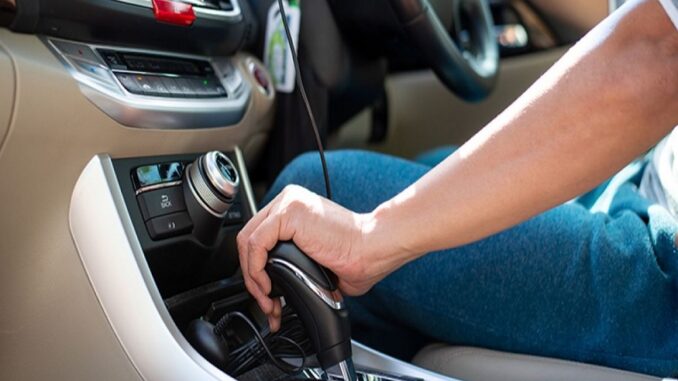
After passing your test
After passing your test, you will receive a card certifying that you can drive. It doesn’t matter if you feel confident or nervous. However, that card does not mean you are a competent driver.20 hour driving course will support your enthusiasm toward driving.
These are some tips to help you improve your skills after passing your test.
1. Do it!
Now you can drive on your own. However, before you go driving in the middle of a city or on long-distance roads, practice.
Spend some time on quiet roads with little traffic before you tackle anything ambitious. You will be able to sharpen your driving skills before you tackle anything more difficult.
2. Take Someone with You
It can be a bit strange to drive without an instructor the first time.
It’s best to bring someone along for your first few trips on the roads, preferably an experienced driver.
You will feel less anxious and the passenger can help you if you have any questions. If you are having difficulties, there will be someone to help you.
3. You might consider taking further courses
Many drivers mistakenly believe that their driving license makes them great drivers. But, in reality, there are still many things they can do.
After passing your driving test, you are most likely to have an accident. However, you can reduce that risk by continuing your driving lessons.
All levels of driving lessons are valuable, including highway driving lessons and online defensive driving courses. These lessons can help you lower your insurance premiums and remove points from your license if necessary.
4. Display a P Plate
To let other drivers know that you have passed your test, you might consider displaying a plate with the letter “P” to show them you are a new driver.
5. Driving Skills
These are some important tips to improve your driving skills. These tips are essential for all drivers, but they are especially important for new drivers.
6. Properly Hold the Steering Wheel
You should hold the wheel with your hands at nine o’clock, three o’clock or eight o’clock. This position provides stability and control and is the best for keeping your arms from getting tired.
7. before you start, adjust your mirrors
For novice drivers, it is a common error to drive without first adjusting the mirrors. You can rely on your mirrors for safe driving. However, once you have started driving it is risky to attempt to adjust them. Before you drive, do it.
8. Always Use Your Indicator Lights
It is frustrating for other drivers to see someone not using their indicator lights to warn them of their intentions. By letting other drivers know your intention, everyone can avoid accidents.
Make it a habit to use your indicators, even if there are no other vehicles on the road. It’s impossible to know if you might see a pedestrian or a car, so it is important to develop the habit of using your indicators.
9. Learn How to Merge Correctly
Merging with traffic is one of the nerve-wracking moments that new drivers face. It is important to be patient and not make sudden movements. When there is a gap, adjust your speed and use your indicators to drive calmly into the opposite lane.
10. Parking is a skill.
Inexperienced drivers may panic when reverse parking is done. This can make the parking maneuver more difficult. This can be helped by finding a quiet place to practice. This will make it less likely that you get flustered if you do have to practice in public.
11. Do not speed
Seriously, don’t speed. Keep to the speed limit. Speeding can be dangerous even for experienced drivers and increases your chance of getting into an accident.
Speeding is unacceptable and driving is not an art form. Your insurance premiums will rise if you cause an accident. You may also injure yourself and others. It is not worth it.
12. Follow the Conditions
Common mistake rookie drivers make, and more experienced drivers as well are not adapting their driving to the environment.
You should drive slower if it is raining. If it’s heavy raining you need even more caution. And if it is snowing or icy you will need to slow down. Consider not driving if the weather is extremely bad.
13. Spot Dangers Ahead
You can avoid getting in an accident by avoiding potential dangers before they occur. Pay attention to the road ahead and keep your eyes open. If you spot potential danger, slow down.
14. Drive to the right, pass to the left
The left lane isn’t the “fast lane”, but it is used for passing. Do not cruise in the left lane all the time. Instead, use it only when you have to pass other cars.
Don’t forget to take the right. It is dangerous because it is unpredictable. Avoiding accidents can be done by anticipating what other vehicles will do. If you drive unpredictably, it could lead to a crash.

Leave a Reply
You must be logged in to post a comment.